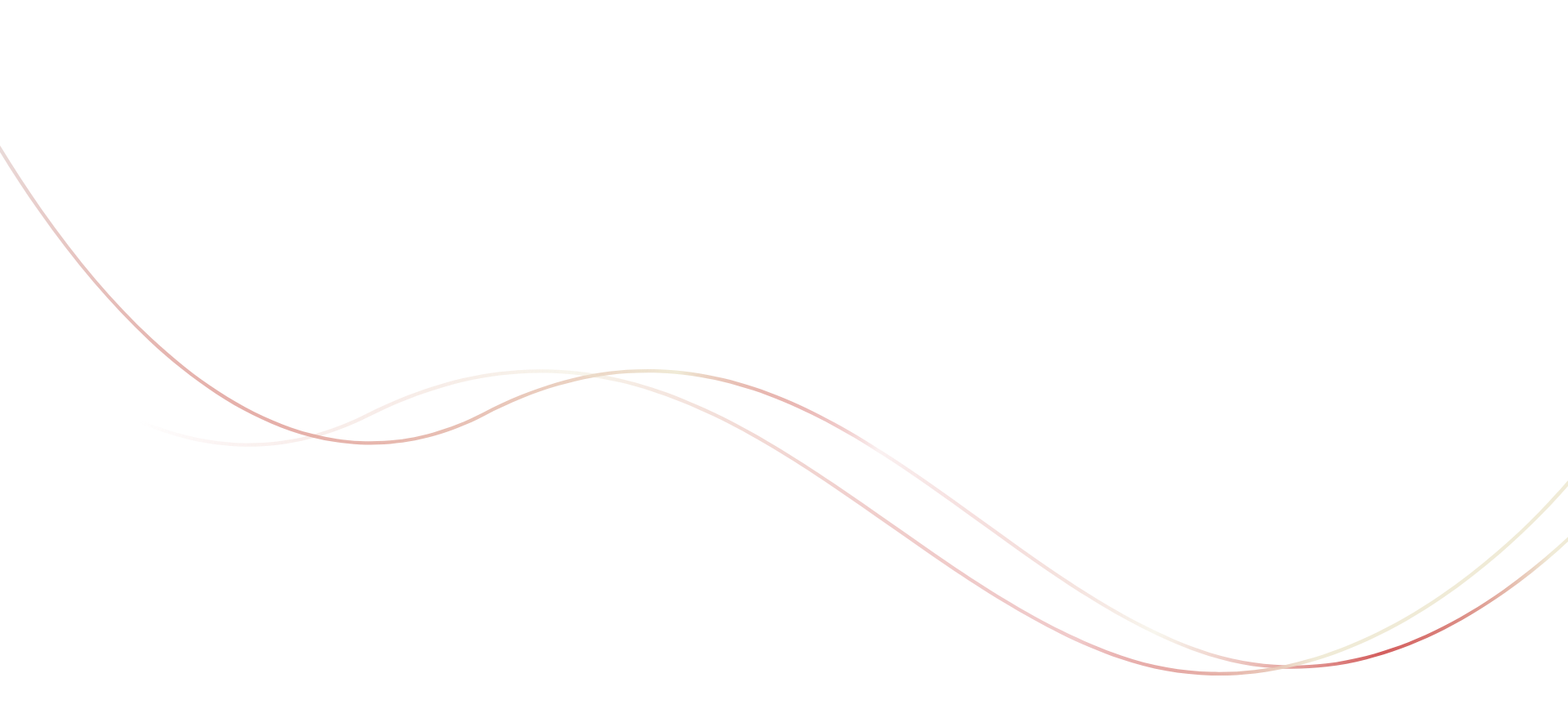

In-Building
Mobile Coverage Solution
Don't miss out
because you're inside
Enquire Now
What is In-Building Cellular Coverage?
Many buildings—from brand new, modern high-rise office blocks to protected heritage housing—were not built with accessing wireless radio waves in mind. Dead spots are common within a structure, not just in stairwells, carparks, and lifts.
An in-building mobile coverage solution will capture the radio wave signal from the nearest cellular tower, amplify it using a mobile signal booster, and distribute it within the building through a Distributed Antenna System (DAS). The solution components usually include a rooftop antenna, smart signal repeater(s), signal splitters, and a series of cabled internal antennas to distribute the signal throughout the space.

Solving In-Building Cellular Connectivity Issues
In-building cellular coverage issues are surprisingly common, which is why many organisations turn to wireless coverage solutions to ensure uninterrupted connectivity. Radio waves are difficult to penetrate modern building materials, permeate every space within a building, and reach underground carparks or stairwells.
With 80% of all mobile calls being made or received indoors, poor reception is frustrating and significantly impacts productivity and employee satisfaction.
An IBC solution will boost signal strength using a cellular signal booster, a device that captures and amplifies existing network signals within the building.
The key components of an IBC solution by MobileCorp are:
- Outdoor Wideband Directional Antenna
- Intelligent smart signal booster - also known as a repeater - like the CEL-FI GO G41 or G51
- Signal splitter device (if required) - For managed service
- Either Omni Dome Antenna(s) for ceiling mounting or Wideband Panel Antenna(s) for wall mounting
- Additional server antennas for venues with more floors or dense interior walls, while a higher-gain LPDA-R antenna is available for sites with weaker outdoor signals.
- Cables and connectors
- Professional Installation by a certified radio engineer
- Testing - Onsite testing, measuring indoor signal penetratio,n and remote testing, monitoring boosted signal values and interference

Why In-Building Cellular Coverage
Strong and consistent indoor mobile coverage
Get reliable, stable cellular coverage across every part of your building, including underground areas. Extend public 4G, LTE, or 5G signals indoors to ensure strong voice and data connectivity for all your mobile devices, wherever you are
![]()
Multi-operator ready by design
Our Distributed Antenna System (DAS) solutions are designed to work seamlessly with Telstra, Optus, and Vodafone from the start — no extra hardware or integration needed
![]()
Tailored to your environment
Every solution is custom-engineered to fit your site, with discreet installation options that maintain the integrity of your space while delivering optimal coverage
![]()
Flexible infrastructure options
Whether you need a passive, active, or hybrid system, our range of DAS technologies can support varied mobile connectivity needs — no matter the building type or size
![]()

In-Building Coverage solution architecture
A simple IBC solution has three parts: the external or donor antenna (1), the network unit (2), and the server antenna (3). - We could add Teltonika for G41/G51 managed service customer
The donor antenna is positioned to access maximum signal from a cellular tower and is usually installed on a roofline. - to ensure a clear line of sight to the mobile network tower
The signal is transmitted via cabling to the network unit, which is also referred to as a smart signal repeater. CEL-FI GO repeaters can deliver a max signal gain of up to 100 dBi, equivalent to a 1000x uplift.
The repeater will amplify the signal and push it via cabling to the server antennas, which are placed in the areas of the building with the weakest signal.



How In-Building Cellular Systems Work
In-building cellular systems operate by capturing mobile signals from outside and distributing them throughout the interior of a building. Outdoor antennas are installed on the exterior to receive signals from nearby mobile towers. These antennas are connected to a central unit, known as the headend, which amplifies and processes the signal.
Once amplified, the signal is transmitted indoors through internal antennas positioned throughout the building. This setup eliminates dead zones and ensures consistent signal strength across the entire space.
The Technology Behind In-Building Coverage
A few key technologies are used to deliver reliable indoor mobile coverage:
- Distributed Antenna Systems (DAS): A commonly used solution that improves coverage by distributing signal through strategically placed antennas inside the building.
- Passive DAS: Uses coaxial cables and amplifiers to send radio frequencies to internal antennas.
- Active DAS: Utilizes powered equipment along with fibre or Cat6 cabling to carry signals over longer distances without loss of quality.
- Cellular Repeaters (Signal Boosters): These devices pick up available signals, amplify them, and rebroadcast them indoors. They're typically used in smaller buildings or where coverage needs are more straightforward.
MobileCorp delivers scalable DAS solutions that are tailored to the size and needs of your space, whether it’s a single floor or a multi-level commercial venue.
In-Building Coverage Commercials
When it comes to calculating the cost of your IBC solution, there are three key variables:
- the size of the space
- the bandwidth or capacity required
- the available cellular signal strength
These three factors will influence hardware choices, the installation complexity, and ultimately the cost.
We can, however, provide some indicative commercial guidance.
HARDWARE
In terms of hardware, the operational costs will not vary widely from one reseller to the next, as there is only one manufacturer whose repeaters have been approved for use in Australia by the three national carriers - Telstra, Optus, and TPG Telecom - and the Australian Communications and Media Authority. This equipment is CEL-FI by Nextivity. The size of the space will determine what hardware will be required. For a simple IBC solution with one external donor antenna, a CEL-FI GO repeater, an internal omni antenna, and cables will be around $5,000. For a large warehouse, which may require multiple donor antennas, splitters, cables, and 12-15 internal antennas, the cost will be approximately $25,000 for the GO hardware. The Quatra hardware is more expensive.
INSTALLATION
Installation costs are the most variable aspect of calculating an IBC solution's cost. The installation cost is mainly labour expenses plus any specialist equipment, such as a scissor lift, that may be required to access the rooftop. Each site is unique, and the cost of installation may vary significantly depending on the size and complexity of the deployment. Some sites may require onsite inductions, SWMS lodgement, Working from Heights certification, police checks, WorkCover, and Indemnity Insurance. Generally, installation costs will range from $5,000 for a basic single-story deployment.
MANAGEMENT
With the shift to the cloud, the management of In-Building Coverage solutions has become possible. Managed services can include access to a technical service desk, proactive mobile connectivity monitoring, OTA (Over the air) firmware updates, and remote and on-site troubleshooting. The cost of an IBC-managed service will vary depending on the number of devices under management and the managed service inclusions.

Case study - RSL Bankstown
- By deploying the Cel-Fi QUATRA system, MobileCorp has provided Bankstown RSL patrons with reliable and high-quality cellular coverage, enhancing their overall experience and satisfaction
- Designed for scalability, the Cel-Fi QUATRA system can cover areas up to 20,000 sqm. (18,580 to be exact) making it suitable for establishments like Bankstown RSL

MobileCorp's 4-Step IBC Deployment
Step 1. Site Assessment
MobileCorp will attend onsite to determine the viability of an in-building solution.
This includes identifying barriers to success, testing signal throughput, and determining the optimal cell tower and antenna placement.
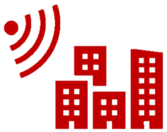
Step 2. Solution Architecture
MobileCorp will design and map out your solution architecture.
A written Proposal with detailed network diagram, bill of materials, installation timeline, and itemised quotation will be prepared.
Step 3. Installation
MobileCorp certified radio engineers will deploy your solution onsite including rooftop antenna installation, cabling, repeater positioning, internal antenna cabling and installation, and testing.
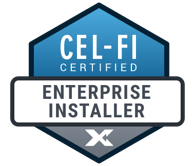
Step 4. Managed Service
MobileCorp will set up your Wave application and register your CEL-FI devices with ACMA. Our optional managed service will proactively monitor your connectivity, push firmware updates, navigate cell tower changes, provide technical service desk to manage remote and onsite troubleshooting.

MobileCorp - your leading Australian IBC specialist
MobileCorp is a leading In-Building Coverage solution specialist and MSP.
Based out of Mascot, Sydney, we design, install, remediate, and manage IBC solutions nationwide. We are certified CEL-FI Enterprise Installers and a Telstra Enterprise Partner.
All of our solutions are built around Nextivity's world-leading CEL-Fi products which are licensed by the ACMA for use with all Australian carrier networks - Telstra, Optus and TPG Telecom (Vodafone).
Combined with our industry knowledge, project management expertise, and deployment experience, MobileCorp delivers IBC projects on time and on budget.
Some of our projects include:
-

- Wotso WorkSpace at North Head, Sydney Harbour National Park
- Coates hire office Nationally
- Xylem warehouse, Kemps Creek
- Chep warehouse, Kemps Creek
- Whitehaven Coal
- Thales sites Nationally
- Sydney Water
- BGIS
- Clean Energy Regulator
- Multiplex
- Schindler Lifts
- Remondis
- Bayer
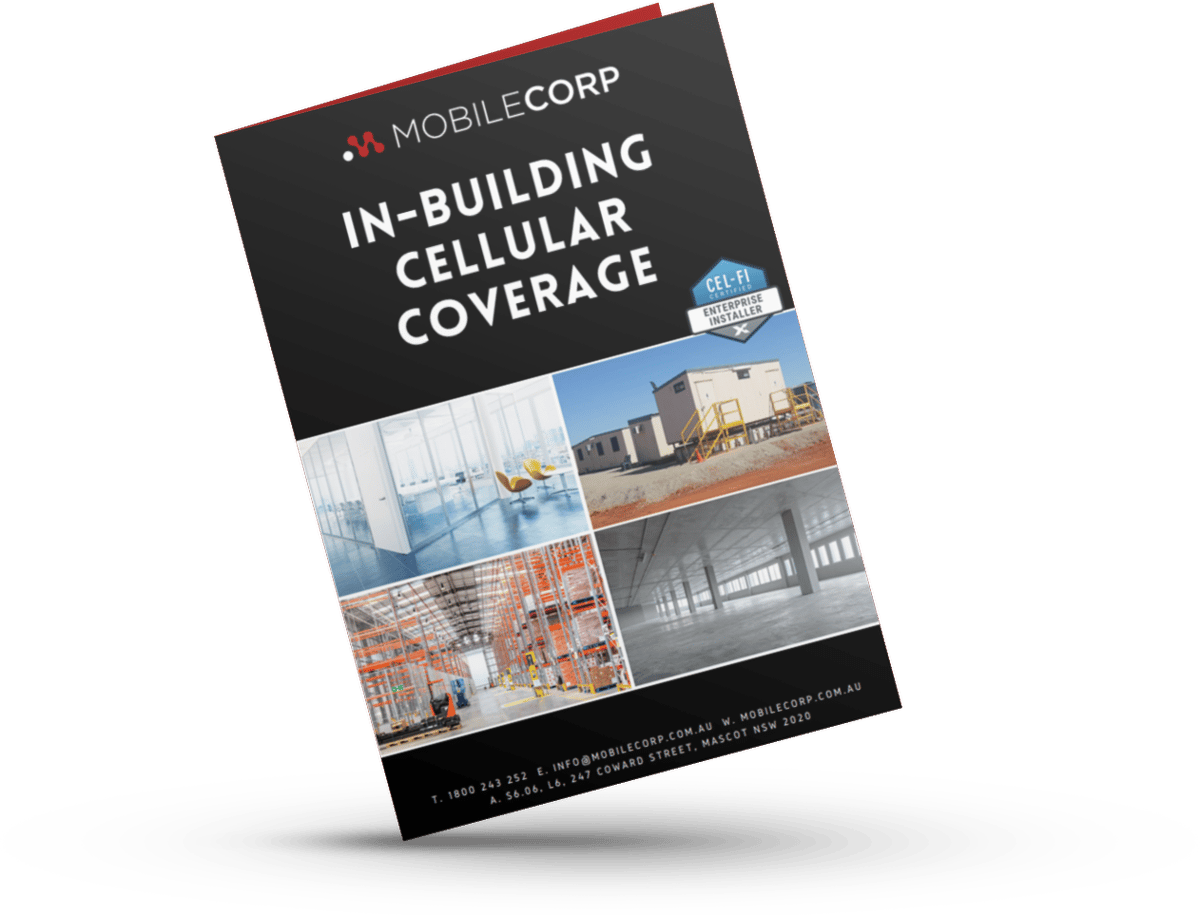
Enquire Now
Clients We Have Helped
Share in our stories where IBC is the hero
CEL-FI by Nextivity
MobileCorp utilises world-leading IBC hardware by Nextivity including the CEL-FI GO suite of stationary and mobile Smart Signal Boosters.
Why CEL-FI ?
CEL-FI products by Nextivity are the only mobile signal repeaters that are legally approved for use in Australia. They are approved for use with all Australian carriers and globally with more than 200 network operators in over 100 countries. CEL-Fi repeaters are unconditionally network safe. It is illegal to use any repeater that is not approved by the ACMA.
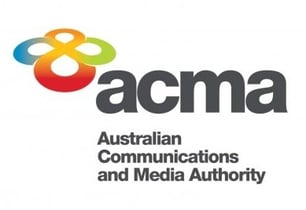
How do CEL-FI solutions work?
Nextivity’s CEL-FI products are built upon the revolutionary IntelliBoost® processor and WAVE software. The IntelliBoost® proprietary chips used in Nextivity CEL-FI cellular coverage solutions provide smart, real-time processing and include multiple patented designs and processes.
The performance of CEL-FI products is unmatched in the industry, CEL-FI devices deliver industry-leading signal gain with 3x the coverage footprint for voice and data.
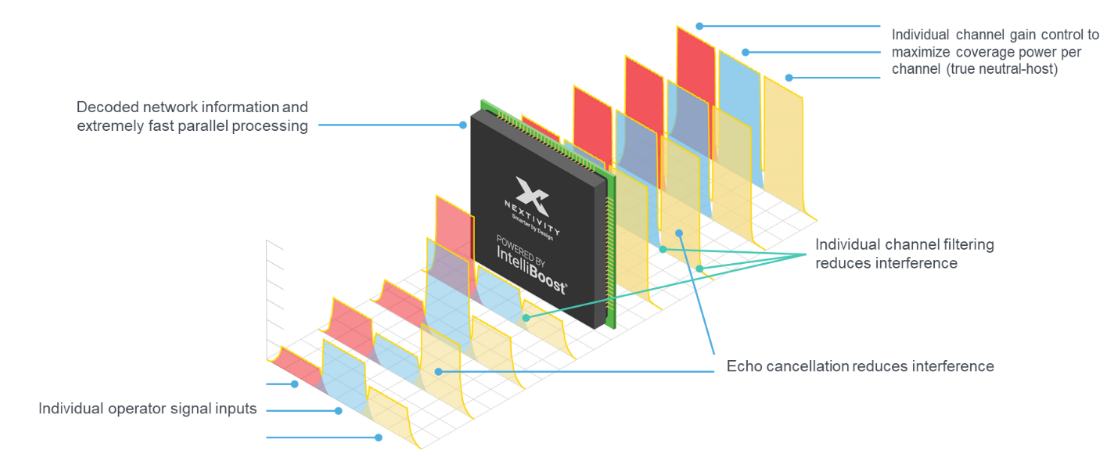
CEL-FI Hardware
CEL-FI Quatra 4000e
Launched in Australia in mid-2024, the Quatra is a massive leap in cellular signal repeater architecture offering an affordable, all-digital Active DAS Hybrid.
The Quatra is designed to amplify up to four carriers simultaneously from the one network unit.
This has the potential to reduce both hardware and installation costs.
The Quatra is also able to be cloud-managed, which means we can offer you a managed service where our team monitors equipment and network KPI’s, such as channel configurations, RSRP, RSCP, SINR, and systems gains, to provide control and optimisation insights.
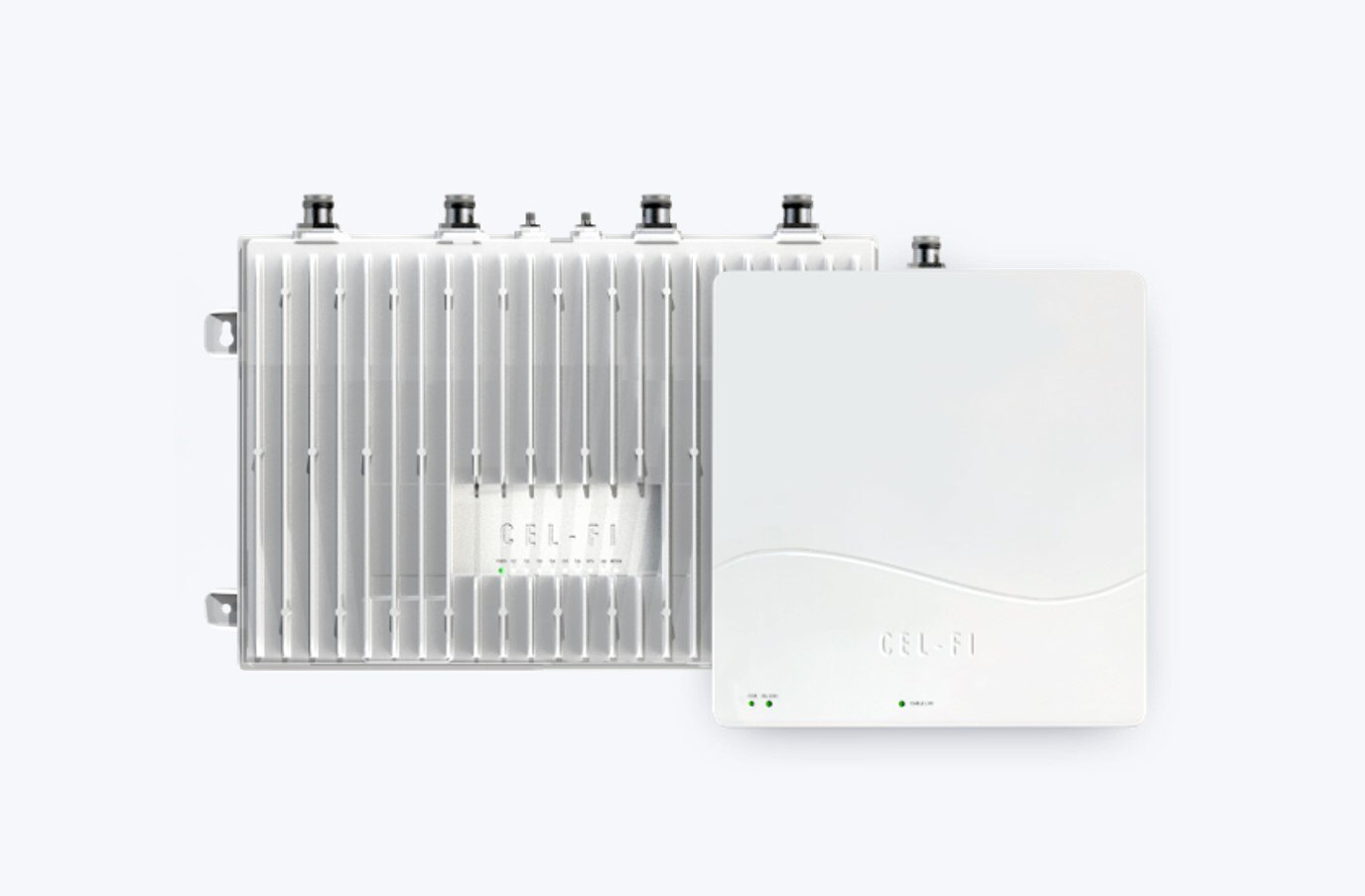
CEL-FI GO 51
5G In-Building Coverage just got real!
The CEL-FI GO 51 is the world's first 5G-native intelligent signal booster for in-building coverage.
Compatible with all Australian carrier 5G networks - the G51 targets coverage challenges in the mid-band 5G NR frequencies.
The solution can deliver Max Signal Gain of up to 100 dB - 1000x stronger - at stationary sites; and up to 70 dB or 700x stronger for vehicles.
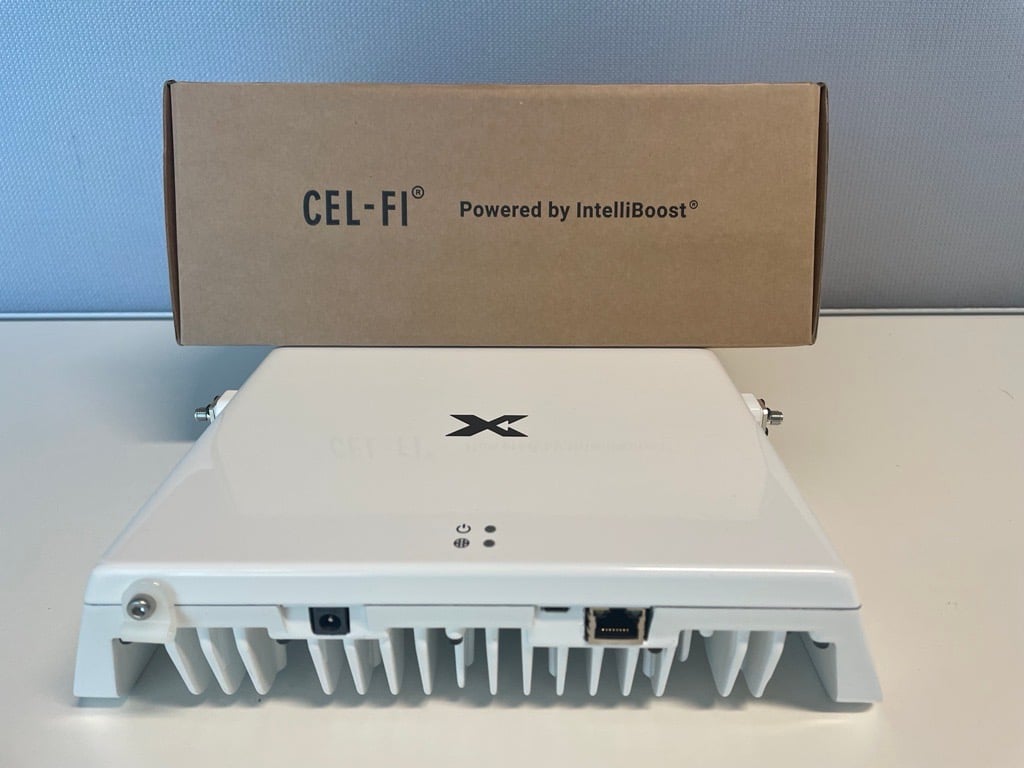
CEL-FI GO 41
The CEL-FI GO G41 Smart Signal Repeater is a powerful carrier-grade solution for overcoming cellular coverage issues in indoor environments.
Providing up to 100 dB gain, GO G41 offers class-leading 4GLTE voice and data performance.
In addition to providing cellular coverage up to 3,000m2 when configured with the included donor and server antennas, the system can be expanded with outdoor or additional server antennas for an increased coverage footprint.
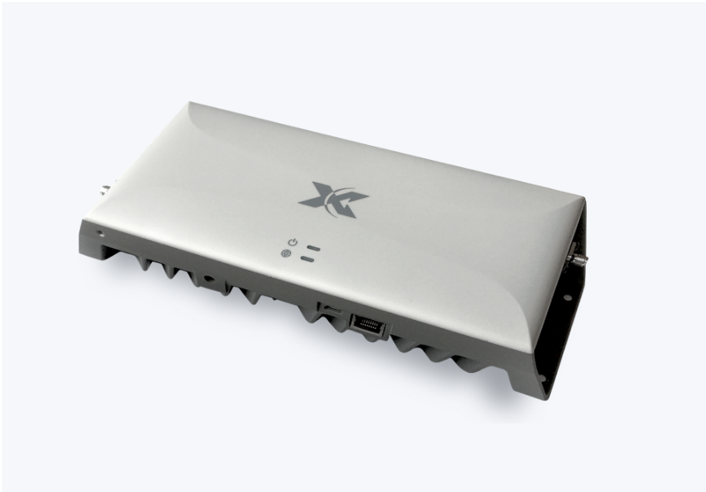
CEL-FI ROAM R41
The CEL-FI ROAM R41 mobile cellular coverage solution delivers reliable 3G, 4G, and 5G connectivity inside vehicles and boats.
Launched in Australia in mid-2023, it runs on the 4th generation Nextivity Intelliboost chip which delivers channelised coverage for specific mobile network operator signals.
The ROAM R41 offers enterprise-grade performance to solve poor coverage and enable dependable calling, texting, and streaming on the move. The system features plug-and-play operation for quick and easy set up, improving connectivity in any car, truck, RV, or boat within minutes. ROAM R41 also supports carrier switching through the Nextivity WAVE App for iOS and Android devices.
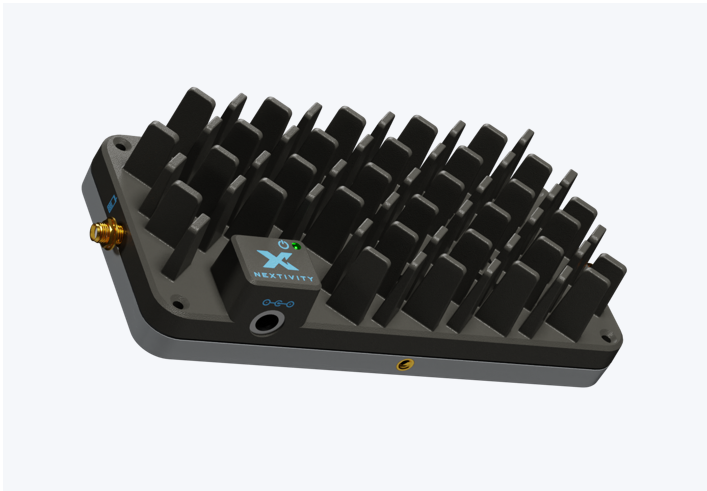
CEL-FI Wideband Directional Antenna
The CEL-FI Wideband Directional Antenna is an outdoor vertically polarised directional antenna; with 10dB gain in the low bands and 11dB gain in the high bands. The weather resistant housing is built with UV stabilised ABS plastic. Optimized for Cel‑Fi products, the CEL-FI Wideband Directional Antenna can be used with the CEL-FI WAVE Antenna positioning app. The unit includes standard brackets for mounting, and can also be used with the Cel‑Fi Pole Mount. A 10K ohm resistor is part of the antenna.
- Boosts Cell Signal by up to 11 dBi
- 700 – 2700 MHz Frequency
- Vertical Polarisation
- Uni-Directional
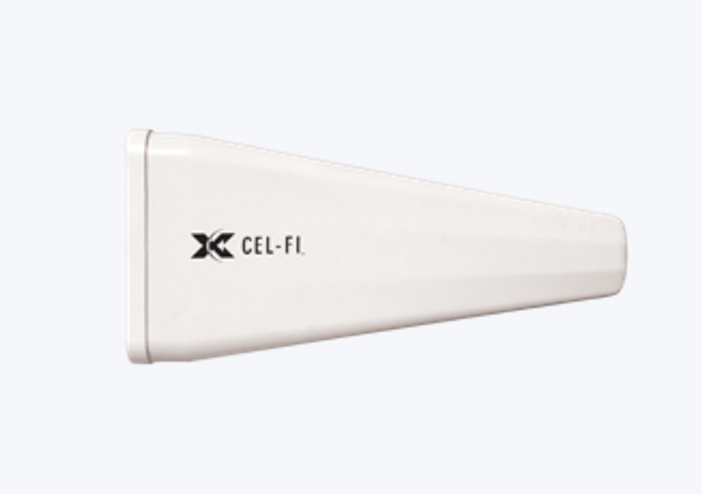
CEL-FI Outdoor LPDA-R Antenna
The CEL-FI LPDA-R Antenna offers a powerful 12 to 14 dBi gain (depending on carrier frequency) over 617–4000 MHz and is designed to reduce out of band noise, to improve SiNR and overall signal quality. Mounting is made simple with included U-Bolts. This CEL-FI product also features a 10K ohm resistor that enables the antenna connection to be validated by CEL-FI Network Units equipped with the capability.
- 12–14 dBi gain
- Narrow beam-width to reduce noise
- Rugged construction for harsh environments
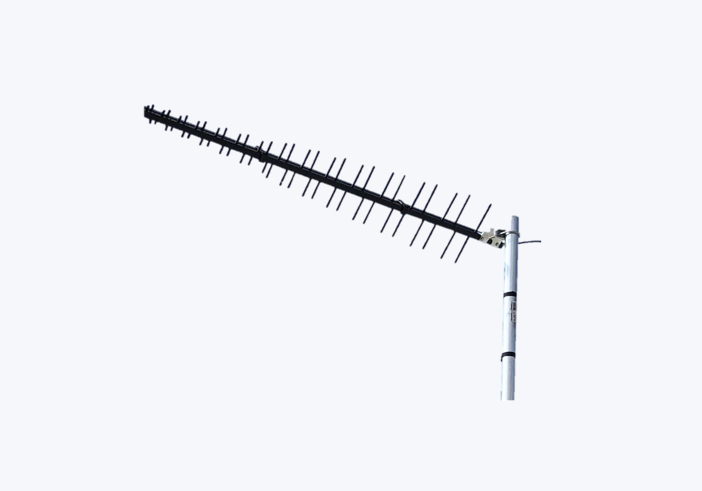
CEL-FI Indoor Omni Dome Ceiling-Mounted Antenna
The CEL-FI Indoor Omni Dome Antenna receives and transmits signal in a 360° pattern and are compatible with the 698 – 2700 MHz frequency ranges that include 3G and 4G signals. They come with either an N-type Female Connector.
- 3G/4G/LTE wideband cellular antenna
- N-type Female
- Omni-directional
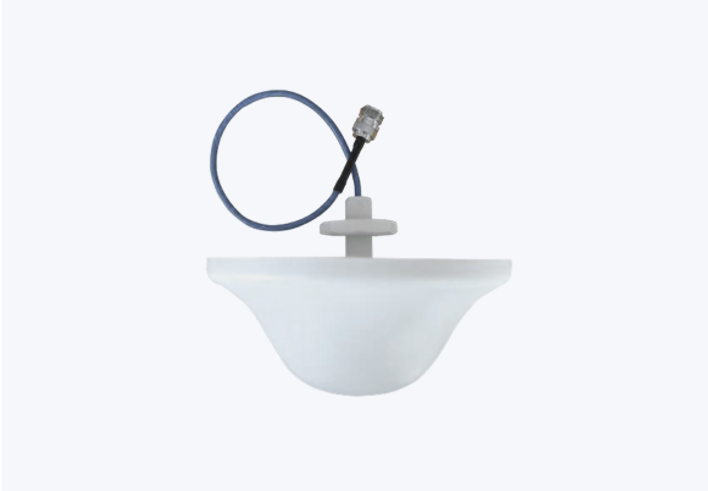
CEL FI Wideband Panel Antenna
The CEL-FI Wideband Panel Antenna is an indoor/outdoor cellular wideband directional antenna with 6 dB gain in the low bands and 10 dB gain in the high bands. The weather resistant housing is built with UV stabilized ABS plastic. Optimised for CEL-FI products, the CEL-FI Wideband Panel Antenna can be used with the CEL-FI WAVE Antenna positioning app. The unit includes standard L-bracket only.
Image shows MobileCorp deployment at Xylem warehouse, Kemps Creek.
- Boosts Cell Signal by up to 9 dBi
- 700 – 2700 MHz Frequency
- Vertical Polarisation
- Directional
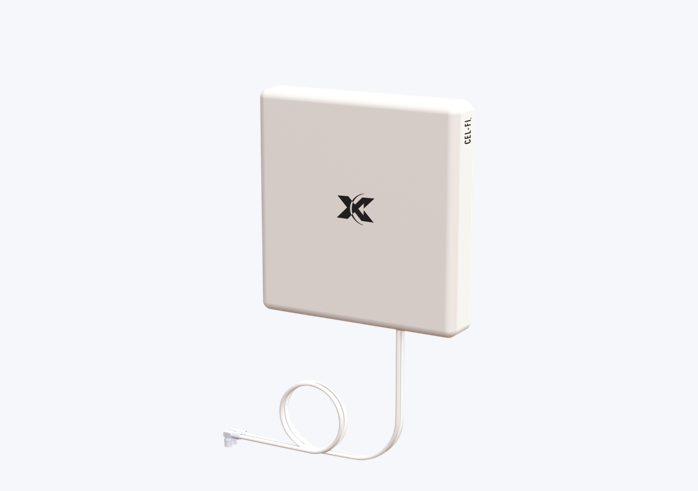

The Problem with In-Building Coverage



Man-made barriers
Modern building materials such as steel, brick, concrete, and glass all interfere with the radio waves emitted by cell towers.
These materials refract and reflect the waves preventing the radio signal from penetrating indoors.
Low-emissivity (low-E) glass and LEED Green Building initiatives, also interfere with radio frequency (RF) signals.
Being underground or in a building surrounded by other high rise buildings may also prove difficult to access a reliable signal, or even any signal.

Fresnel zone barriers
In point to point wireless transmission, it is important for the line of sight between the two points to be free of interference. Any obstruction in the LOS can result in a loss of signal.
The 3D elliptical region between the transmit antenna and the receive antenna is called the Fresnel Zone. The size of the ellipse is determined by the frequency of operation and the distance between the two sites.
Any object that impinges on the fresnel zone can disrupt radio frequency signals. This can include natural barriers like hills and trees, or man-made barriers like buildings. Even the weather - rain or wind - can disrupt the signal.

Cell tower barriers
The further the distance from the cell tower to the receiving antenna, the weaker the signal will be.
4GLTE will reliably broadcast over an area of 2-5km in an urban area and may reach well over 10km in a less congested rural setting. 5G,operating on a higher frequency with small cell technology, must be much closer to the target, ideally within a kilometre.
Congestion on the tower is also a potential barrier. Each cell tower has a finite amount of bandwidth, processing power, and backhaul capacity. These resources are shared among the devices connected to the tower. When the number of connected devices or the amount of data being transmitted surpasses the available resources, congestion can occur. Congestion will cause slower data speeds, increased latency, and potentially dropped connections.
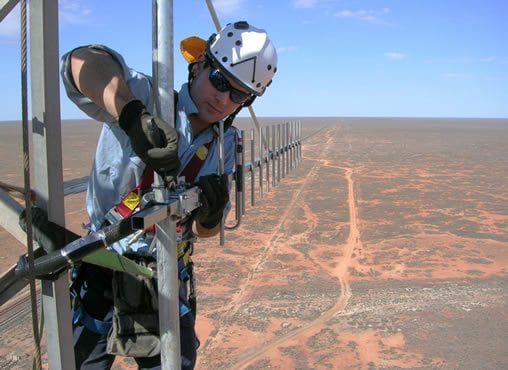
Our Data and IP Network Services
FAQ
What is an In-Building Coverage Solution?
What causes poor mobile reception in buildings?
How long does installation take?
Do you offer ongoing support or monitoring?
Can I install the equipment myself?
Speak to our MobileCorp Representative
To get started with a technology solution, call us on 1800 243 252
Enquire Now





